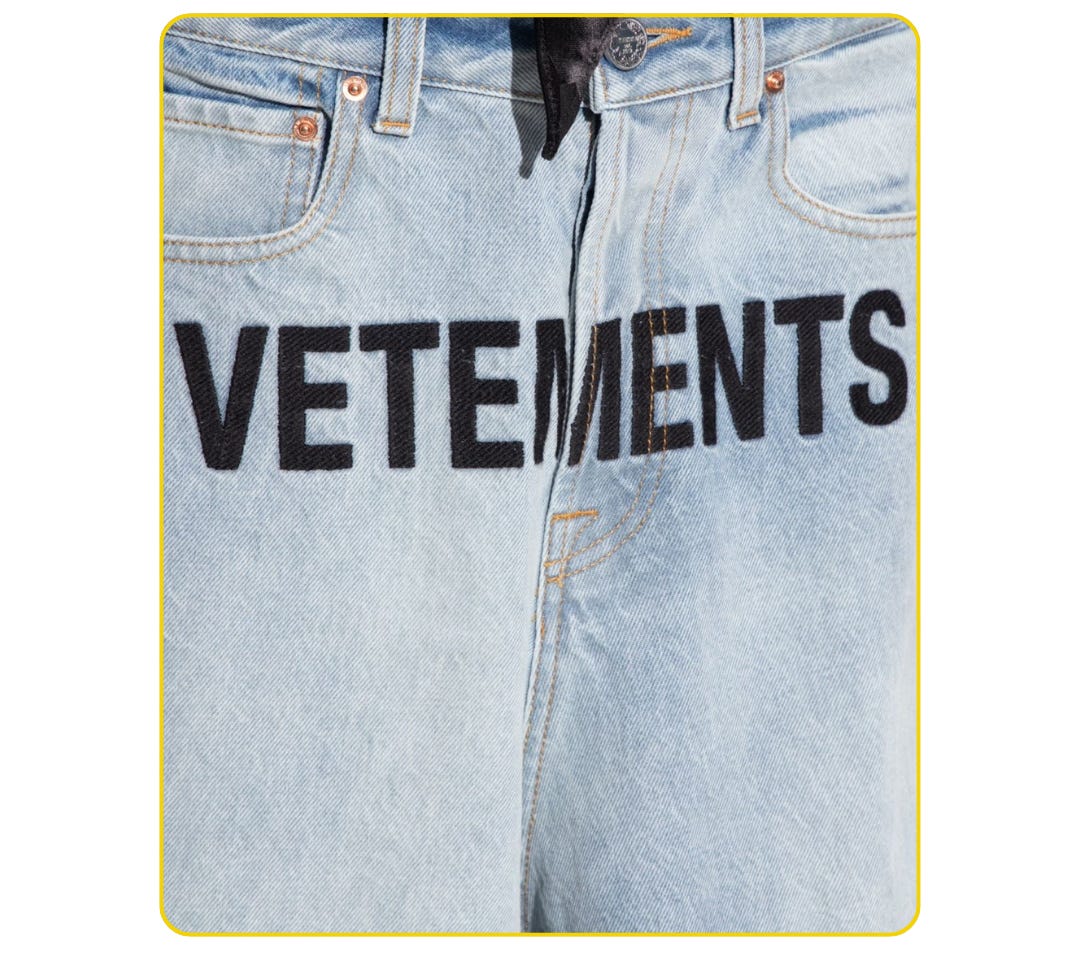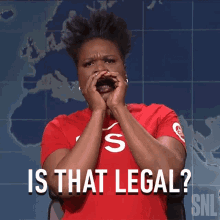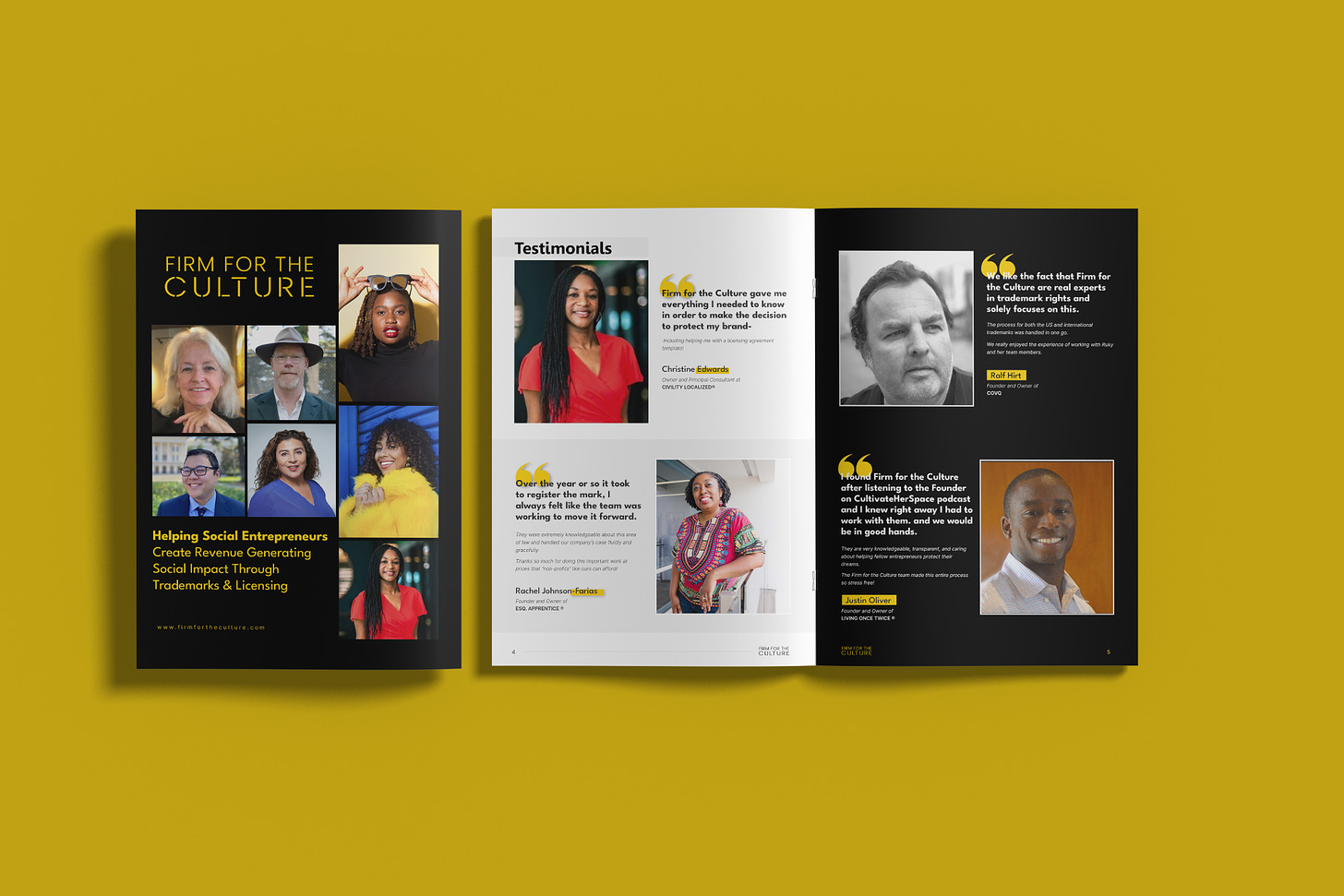Can a Culture Be "Generic"?
How One Trademark Ruling Is Reshaping the Rules for Global Brands, Multilingual Entrepreneurs, and Cultural Creators | I Am What an Intellectual Property Attorney Looks Like.
Hey Fam,
If you’re a multilingual entrepreneur, and you’re thinking about filing in the United States, here’s a question for your global brand, even if you “zhuzh it up” with some foreign flair:
And if they did… would it still be protectable?
That’s the billion-dollar issue at the heart of a recent ruling from the U.S. Court of Appeals for the Federal Circuit (CAFC), and it could mean everything for how you protect your brand across borders and languages.
It’s summertime, and the international visits for new business ventures are on the calendar.
So we wanted to help a bit before you become internationally known on the microphone.
Listening?
Great!
Let’s unpack what happened—and what it means for founders of culture.
Loving This Post?
Show us some love by adding a “❤️” or commenting below; this will make our hearts sing.
In May 2025, the U.S. Court of Appeals for the Federal Circuit (CAFC) upheld a decision from the Trademark Trial and Appeal Board (TTAB) rejecting the trademark application for “VETEMENTS”, a French word that means “clothing.”
Vetements Group AG, a global fashion brand, had applied to register the word in both standard and stylized forms for various apparel items.
But the TTAB—and later the CAFC—said the mark couldn’t be registered.
Why?
Because “vetements” is a generic word in French… and the Doctrine of Foreign Equivalents means that a common foreign term that directly describes your goods is not eligible for trademark protection in the United States.
At its core, the Doctrine of Foreign Equivalents requires the USPTO to translate non-English marks into English if it’s likely that an “ordinary American purchaser” would recognize and translate the term.
If that English translation turns out to be:
Generic (like “clothing”), or
Merely descriptive (like “fresh” for vegetables),
Or Confusingly Similar to a Prior Filed Application (like “manzana” for apple),
…then the trademark is unlikely to be registered.
And if the brand is merely descriptive, the applicant must prove acquired distinctiveness, which Vetements failed to do.
In this case, the court looked at U.S. Census data and concluded that an appreciable number of Americans do understand French, especially given that French is the second most widely taught foreign language in the U.S.
Therefore, the court determined the average consumer would translate vetements to “clothing”—making the mark too generic to qualify for registration.
This decision isn’t just about fashion brands in Paris.
It’s a big deal for founders of color, multilingual entrepreneurs, and anyone whose cultural background inspires brand names in languages other than English.
Here’s why this ruling matters:
Just an “appreciable” number of relevant consumers is enough for the doctrine to apply.
This is one of the most overlooked — and misunderstood — elements of the Doctrine of Foreign Equivalents.
The law doesn’t require that most Americans speak the language in question.
It only requires that a significant enough number of your relevant consumers — the people most likely to buy your product — understand the translation.
So let’s say you’re a multilingual founder selling wellness products under the brand name Bienestar (Spanish for “wellness” or “well-being”).
Even if the majority of Americans don’t speak Spanish fluently, if a meaningful segment of your market does, your trademark could still be rejected or even canceled.
Why? Because from the USPTO’s perspective, that audience would see your brand name as a generic term — not as a unique source identifier.
This means:
If your brand name is a common word in another language, and
If that word directly describes the nature of your product or service, and
If a notable portion of your audience would recognize that meaning…
Then your brand might fail to qualify for trademark protection under U.S. law.
In trademark law, words don’t exist in a vacuum.
The way your audience perceives a word — and the cultural or linguistic context behind it — can directly affect whether it’s considered protectable.
This is especially important if you’re using a non-English word in your brand name.
If that word clearly describes your product or service in another language, the USPTO may say it’s not distinctive enough—even if your core audience sees it as bold, powerful, or brand-worthy.
Here’s what that means in plain terms:
Let’s say you’re launching a skin care line for the Latinx community, and you call it Piel Suave (Spanish for “smooth skin”).
You’ve designed the branding beautifully. Your audience connects to the name. The cultural nod feels right.
But the USPTO?
They’ll look at how Piel Suave functions in the marketplace—not just how it feels emotionally.
And if they determine that your ideal customer understands the phrase as simply describing what your product is, not who it comes from—you might get denied.
In other words:
Even if your word choice is meaningful, even if it’s niche, even if it’s culturally intentional—if it reads as generic or descriptive to the relevant audience, it’s vulnerable.
That’s why brand building for founders of culture requires a dual lens:
Cultural resonance and
Trademark strategy.
Because how a name sounds and feels matters.
But how it functions in commerce—and how it’s perceived by those most likely to engage with it—matters just as much.
Do a Thorough Trademark Search (in Multiple Languages).
Make sure your brand doesn’t translate into something generic or descriptive in a common foreign language spoken in the U.S.
The “ordinary American purchaser” isn’t just the general population—it’s your relevant consumer base. So if you’re serving a bilingual market, that context matters.
Build Acquired Distinctiveness Early.
If you’re using a foreign-language term that could be considered descriptive, start building brand recognition and proof that consumers associate your mark with your product.
Consult a Trademark Attorney Who Gets It (FFTC Gets It).
If you’re navigating multilingual branding, cultural identity, and intellectual property, you need someone who understands the nuance.
Branding is more global than ever. But that doesn’t mean every word in every language can be owned.
Vetements’ loss is a wake-up call to think deeply, not just about what your brand name means in your culture—but what it might mean in translation.
So before you fall in love with that beautiful, meaningful, culture-rich brand name, you wanna ask…
…All to make sure it still holds up—legally.
Have you ever chosen a name based on another language or culture?
Drop a comment—let’s talk about what this means for your brand journey.
Need Help Protecting Your Creativity?
If you are unsure—or if you know you need to take action—reach out to us.
We have helped countless founders and creatives safeguard their intellectual property, and we would love to do the same for you.
If you need further guidance, reach out to me and my team at Firm for the Culture.
We’re here to help you navigate the copyright, trademark, and thought leadership journey.
Can’t wait to help you protect your dynamic impact.
And #ThatsAWrap
The Doors of the Church Firm Are Open
Thanks for reading.
See you next time.
#TrademarkTips #MultilingualBranding #ForeignEquivalents #IPLaw



















